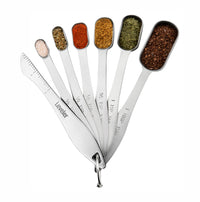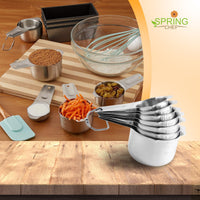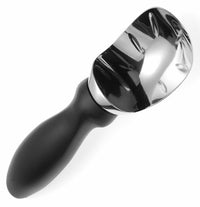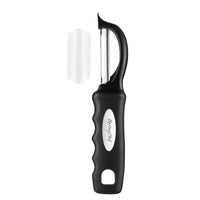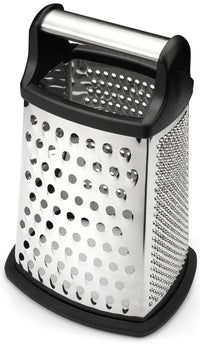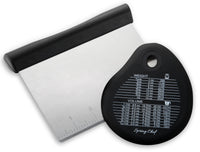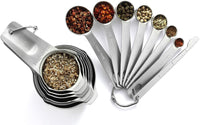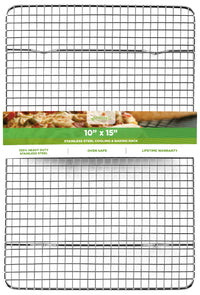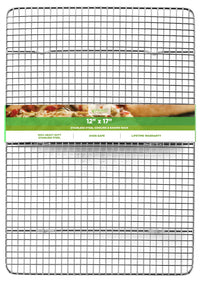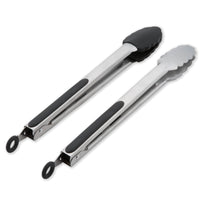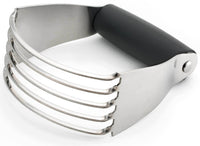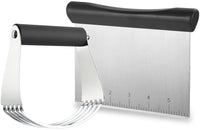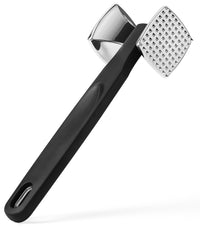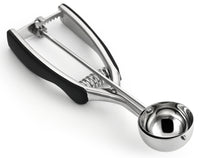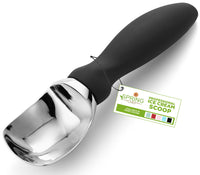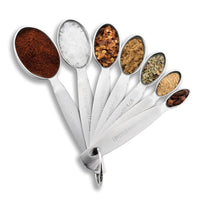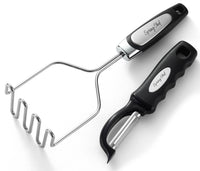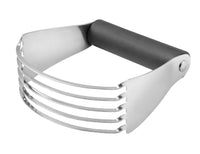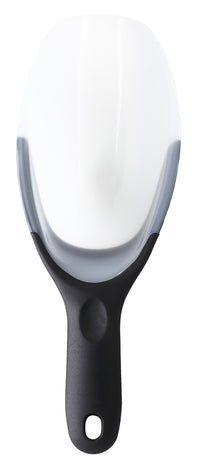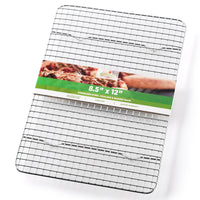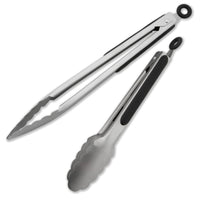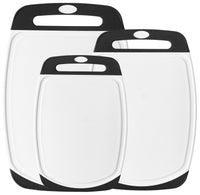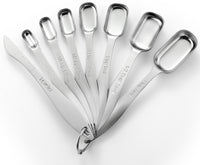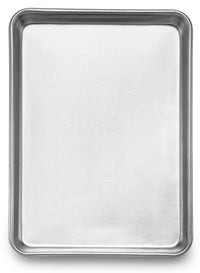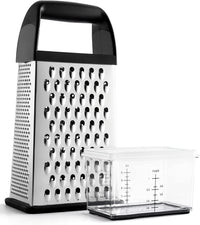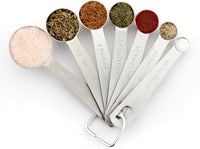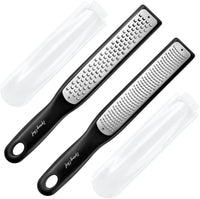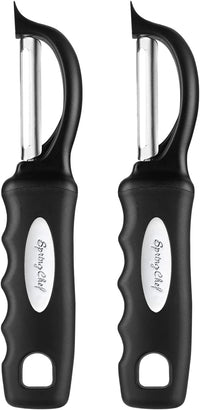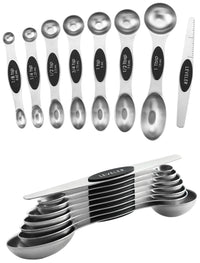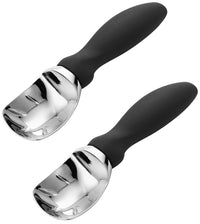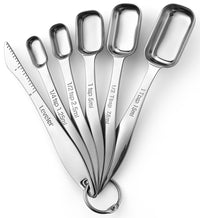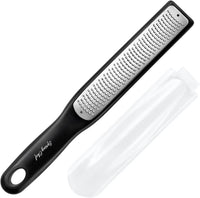Different Knife Techniques for Cutting

We can’t deny that knives are one of the most important cooking tools, without them we would have enormous ingredients that can take forever to cook or simply won’t turn out the way they’re meant to. Using your knife is not as simple as it seems, but with these easy techniques and safety measurements you’ll master your cooking in no time.
Cross chop
The cross chop technique is perfect to cut soft vegetables and basically all types of herbs. To do this, start by roughly cutting your herbs or veggies. Then, take the knife firmly and place the tip on the board at a 20º angle. Take the fingers of the other hand firmly over the lower half of the blade. Without lifting the tip of the knife from the board, lower and raise the handle like a guillotine, guiding it with your fingers.
Bridge
This cutting technique works to cut food into smaller pieces. Create a bridge with your hand over the ingredient, with a high arch so there’s room for the kitchen to slide in safely. While holding the ingredient, make sure your thumb is on one side and your fingers on the opposite hand. Guide the knife through the middle of the bridge, pressing down the knife and sliding it back towards you and out of the bridge. You can repeat this technique with the resulting pieces until they reach the desired size.
The claw
The claw is a cutting technique used to slice food into strips. Start by placing the ingredient flat-side down on the board. Curl your fingers close together and tuck the fingertips, kind of making a claw. Place your claw on top of the ingredient with your fingers facing the knife and place the tip of the blade on the board. Slice the blade slowly through the item, sliding it back towards you, and carefully sliding your fingers back so they’re secured.
Safety measurements to use your knife
All of these techniques are quite effective for different types of food and depending on your expertise, but none of them are really useful if you don’t remember to cover your safety basics. Keeping this in mind, here are the main safety measurements to use your knife correctly:
- Place a damp cloth underneath your cutting board to secure it and help it from slipping all over the surface.
-
Always use the knife with your dominant hand, to keep control of its movements.
-
Make sure your knives are always clean, especially the handle. An oily or greasy handle can easily slip in your hands and cause an accident.
-
Sharpen your knives constantly. A sharp knife lets you apply less force, and in case of an accident a blunt knife can cause worse damage.
-
Always chop an ingredient flat-side down. If the ingredient does not have a flat or even surface, slide a bit off to create a flat surface you can place on the board. This can ease your cutting process.
- Always know where your knife is, and never leave it just laying around. A casually misplaced knife can be harmful for someone else or even for you if you’re cooking in a hurry.
